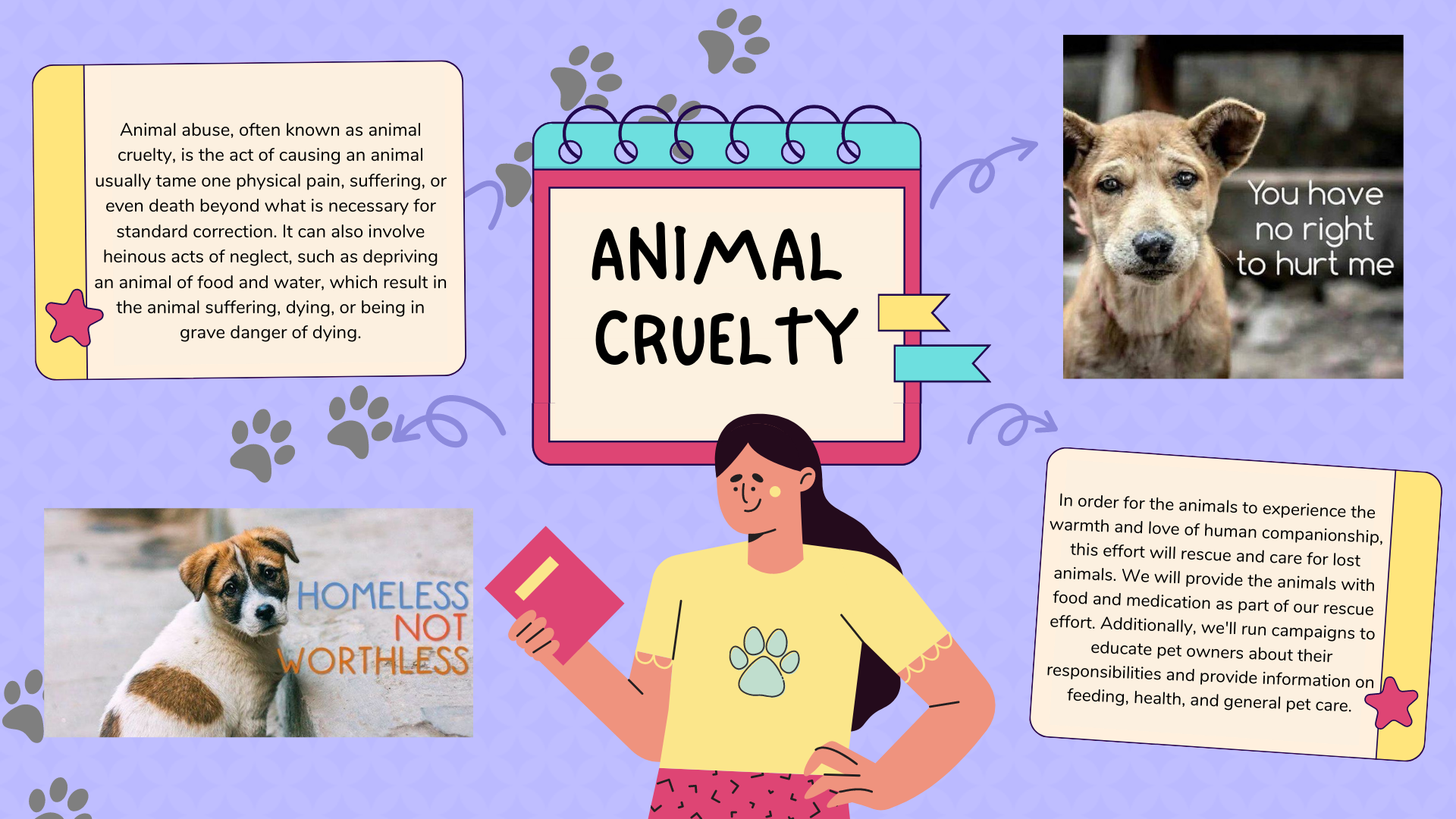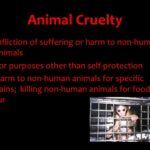Animal cruelty is a poignant subject that elicits a spectrum of reactions from the public. The term itself conjures images of suffering and neglect, yet how individuals perceive animal cruelty varies widely based on culture, upbringing, education, and personal experience. Understanding these differing perspectives is crucial to fostering a collective consciousness that recognizes the intrinsic value of all living beings.
At the heart of public opinion on animal cruelty is the deep-seated connection humans have with animals. For many, pets represent companionship, joy, and loyalty. This unique relationship can significantly color perceptions of cruelty. A pet’s suffering is often visible and elicits immediate empathy; the emotional toll is palpable when a beloved animal is harmed. Conversely, the plight of farm animals or wild creatures may invoke ambivalence. The tangible disconnect between individuals and these animals can lead to a perception that their suffering holds less weight, a notion that contradicts moral imperatives regarding sentience.
Socioeconomic factors greatly influence attitudes towards animal cruelty. In lower-income communities, economic struggles may overshadow concerns for animal welfare, leading to a rationalization of neglect and abuse. Here, the priorities tend to align with survival, making it challenging to advocate for pets or livestock when basic necessities are at stake. While this does not excuse cruelty, it complicates the narrative, revealing layers of societal issues that coexist with animal rights activism.
Education plays a pivotal role in shaping perspectives. As awareness grows regarding the pain and fear animals endure, more citizens are inclined to take a stand against cruelty. Educational programs, which incorporate discussions about empathy, animal behavior, and the legal ramifications of abuse, have gained traction. Such initiatives exist to promote understanding and compassion, which, in turn, foster a society that values humane treatment. The shift towards integrating animal welfare into educational curricula denotes a progressive outlook, nurturing future generations equipped with knowledge and empathy.
Media influences public consciousness, often serving as a double-edged sword. Documentaries and news reports showcasing the stark realities of animal abuse have the power to galvanize public outrage. They unveil the ugly truths behind puppy mills, factory farming, and illegal wildlife trafficking, shocking viewers into action. Social media platforms amplify these messages, creating viral campaigns that inspire activists to rally against cruelty effectively. Yet, the sensationalism sometimes overshadows the nuanced discussion surrounding animal rights, contributing to polarized views. While some regard these portrayals as necessary calls to action, others argue that such graphic depictions can desensitize the audience over time.
Public perceptions are also heavily influenced by cultural beliefs. In many cultures, animals are revered and protected, reflecting a paradigm that prioritizes coexistence with nature. In contrast, others may view animals primarily as resources, utilitarian beings whose worth is defined solely by their economic value. This dichotomy can lead to tensions when advocating for policy changes or humane practices. The challenge lies in bridging these cultural divides, promoting dialogue that respects different perspectives while encouraging a collective commitment to animal welfare.
Activism has emerged as a significant force in shaping public opinion on animal cruelty. Grassroots organizations, celebrity endorsements, and high-profile campaigns have brought animal rights issues to the forefront of social discourse. The passionate pleas of activists can resonate with the public, stimulating conversations that force individuals to confront their beliefs and practices regarding animals. This engagement beckons an opportunity for societal shifts; as empathy is cultivated, the desire to combat animal cruelty intensifies, prompting action on personal and institutional levels.
Legislation also plays a critical role in molding attitudes toward animal cruelty. Legal protections for animals can spur awareness and cultivate a sense of responsibility among citizens. The implementation of stricter cruelty laws and penalties can reflect societal values, reinforcing the notion that mistreating animals is unacceptable. When people witness systemic changes in legislation that prioritize animal welfare, it can lead to a cascading effect in public opinion, with individuals feeling empowered to champion animal rights.
Public sentiment is also fluid, evolving with shifting societal norms and values. The last few decades have witnessed increasing awareness and activism surrounding animal rights. Movements advocating for veganism, cruelty-free products, and the ethical treatment of animals have surged, reflecting a broader cultural shift towards compassion and sustainability. This aligns with a growing consciousness about environmental issues, where the connections between animal welfare, ecological health, and human survival are increasingly recognized.
To cultivate a deeper understanding of animal cruelty, it is imperative to engage in the difficult conversations that challenge societal norms. Asking critical questions—about our dietary choices, the clothing we wear, and our entertainment preferences—can lead to a profound reevaluation of our relationship with animals. It urges a collective reckoning with the impact of our actions and the societal structures that perpetuate cruelty.
In summary, public opinions and attitudes toward animal cruelty are multifaceted and influenced by individual experiences, cultural contexts, and societal dynamics. While there remains a significant segment of the population that needs more education on these issues, the increasing prevalence of discussions surrounding animal welfare indicates a positive trajectory. By fostering empathy and galvanizing activism, a transformative shift in societal perspectives is possible, ultimately creating a world where all living beings are treated with the dignity and respect they inherently deserve.





